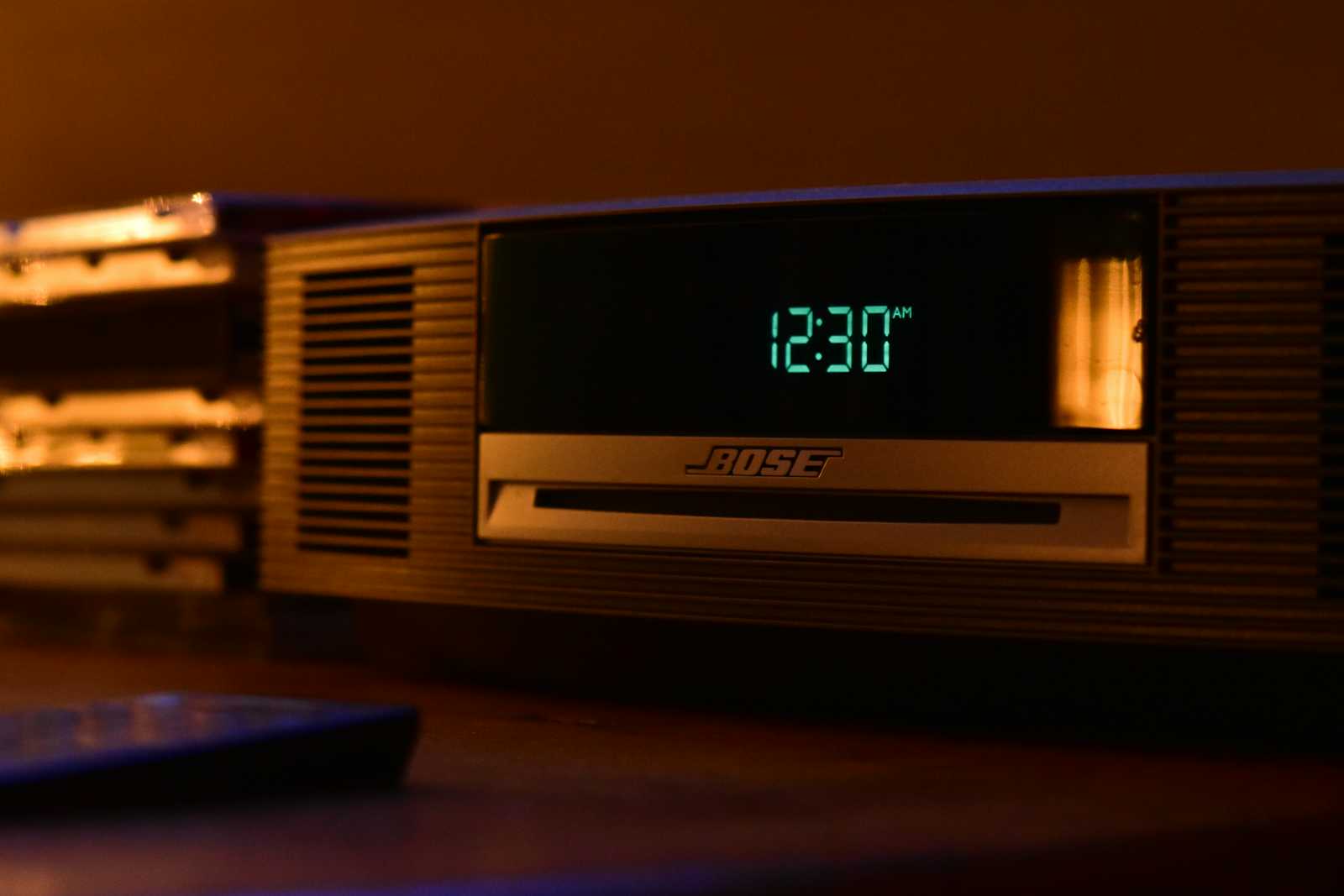How Computers Store and Manage Time
 Hai To (Hector)
Hai To (Hector)
How Do Computers Store Time?
Unix Time (Epoch Time)
System Time
File System Timestamps
Network Time Protocol (NTP)
Binary-Coded Decimal (BCD)
System BIOS/UEFI Time
Unix Time (Epoch Time)
UNIX timestamp: the number of seconds that have elapsed since 1970-01-01 at 00:00:00 UTC
Example:
Timestamp in seconds: 1695718262
Timestamp in milliseconds: 1695718262342
Facts:
In older 32bit systems, the signed integer will overflow in 2038
Why 1970? The Unix OS was created in the late 1960s and early 1970s. Unix engineers arbitrarily selected 1970
Datetime Format
ISO 8601: 2023‐09‐25T16:20:52+07:00, 2023‐09‐25T09:20:52Z
- Z = +00:00
Vietnam: 26/09/2023
RFC 2822: Mon, 25 Sep 2023 09:16:58 +0000
Javascript: YYYY-MM-DDTHH:mm:ss.sssZ
Java: Tue Sep 26 16:05:37 ICT 2023 (+0700)
When to use DateTime, Timestamp?
Timestamp: to record a (more or less) fixed point in time.
- Example: created_at
Datetime: time can be set and changed arbitrarily.
- Example: schedule time for appointments
Best Practices
Backend uses UTC time zone + ISO 8601/timestamp
Frontend uses local datetime (show timezone)
DB stores as timestamp if possible
Store datetime with time zone
MySQL: use fractional seconds for accuracy
JVM timezone != OS timezone
Be careful with:
Time zone
Datetime format
Fractional Seconds
Subscribe to my newsletter
Read articles from Hai To (Hector) directly inside your inbox. Subscribe to the newsletter, and don't miss out.
Written by
